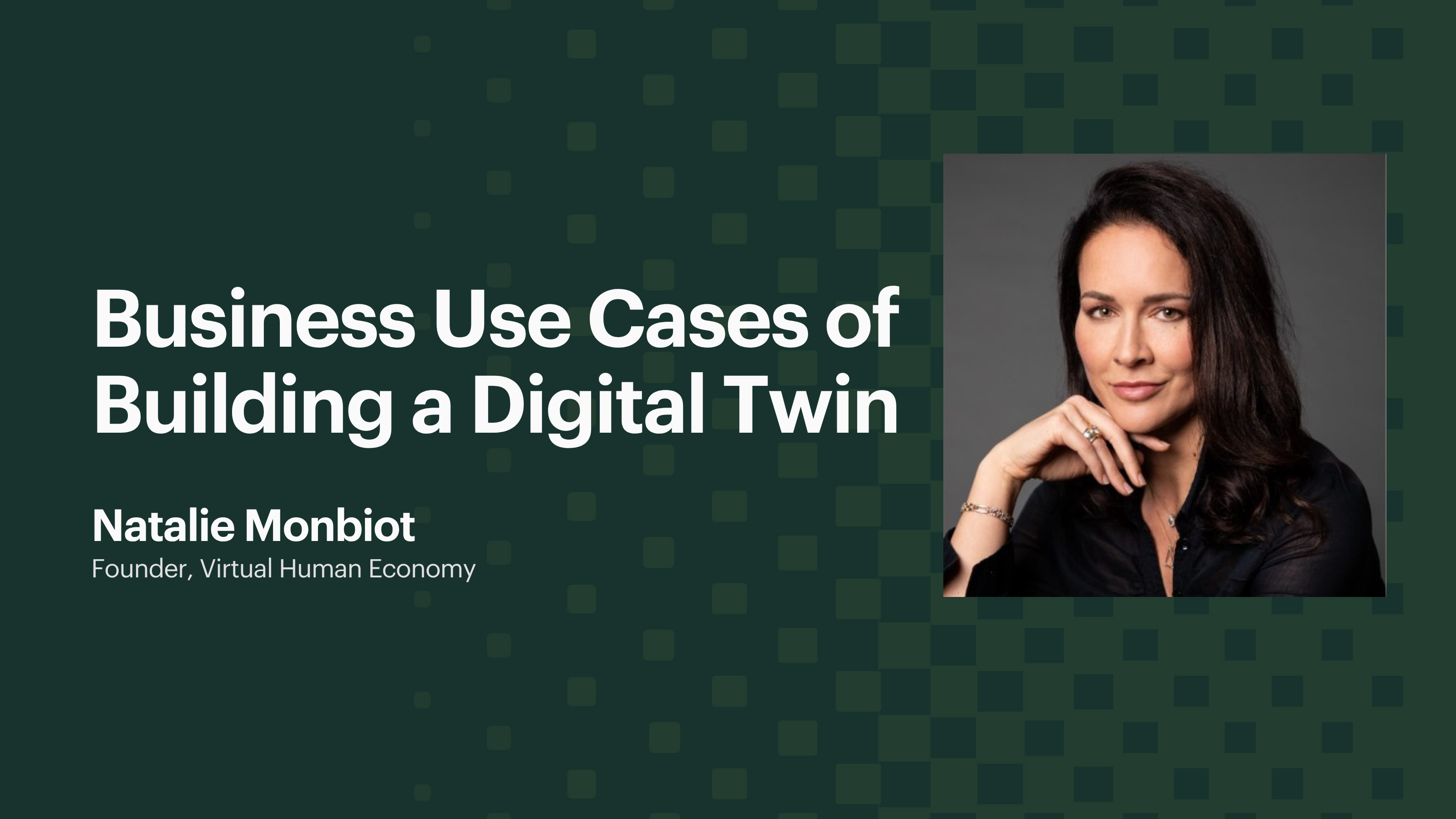Product-market fit is the holy grail of startups and launching innovation. It is when you are creating value for a profitable customer segment. It is the point at which your product meets the needs of your target market, creating a unique value proposition that drives growth. But achieving product-market fit is easier said than done.
In this guide, we will explore the key levers for growth and provide insights into the various signals and tools to help you achieve product-market fit.
Defining product-market fit
Product-market fit is the alignment between your product and your target market. It is the point at which your product solves a real problem for your target market, creating a unique value proposition that differentiates it from the competition.
Achieving product-market fit requires a deep understanding of your customers, their pain points, and the competitive landscape.
Key concepts and confusions
The terms product-market fit, product/market fit, and PMF are often used interchangeably. They all refer to the same concept: the alignment between your product and your target market. Other synonyms for product-market fit include customer fit, market fit, and problem-solution fit.
One common confusion is the relationship between product-market fit and traction. Traction is a signal your business is growing. Traction is a prerequisite for achieving product-market fit. Traction goals are often described as (for example) first 10,000 customers in B2C, or first 500 customers in B2B.
Product-market fit is a much higher bar. It is not a static milestone, and it is something you can lose. For signs of momentum and accurately gaugubg signals of product-market fit, benchmark your business against the checklist below.
Without product-market fit, your growth will be limited, no matter how effective your marketing and sales efforts are. Many try to scale up before they have achieved it; they stop deepening their understanding of what will drive customer value and thus retain customers. This leads to startups, even good, funded teams, to fail at achieving a sustainable business model.
Key levers for growth
There are four key levers for growth: acquisition, engagement, retention, and monetisation.
Acquisition is the process of acquiring new customers. This can be achieved through various channels, such as SEO, paid advertising, content marketing, and social media.
Engagement is the process of keeping your customers engaged with your product. This can be achieved through various tactics such as gamification, personalisation, and social proof. If data is captured correctly, it is a powerful signal of potential retention.
Retention is the process of keeping your customers coming back. This can be achieved through various tactics such as loyalty programmes, customer support, and product updates. Retention is a sign of true product-market fit. It is a sign of the depth of your product relevance and the path to sustainable competitive advantage.
Monetisation is the process of generating revenue from your customers. This can be achieved through various business models such as subscription, freemium, and one-time purchase. As your product grows, upsells, cross-sells, and new value exchange is created. At this stage, key risks do not understand what segments you are most profitably acquiring, and using that to guide the optimum product-roadmap.
Positioning and top of funnel (TOFU) churn
Positioning is the process of defining your unique value proposition and communicating it effectively to your target market. Top of funnel churn, or churn at the acquisition stage, is often a result of poor positioning or ineffective messaging.
To reduce churn at the top of the funnel, you need to ensure that your messaging resonates with your target market and communicates your unique value proposition effectively.
Churn after registration and poor monetisation
Middle (MOFU) and bottom of funnel (BOFU) churn are signals that your ideal user segment has not yet deeply perceived value or deeply experienced value. This requires a rethink of using experience design and journey mapping to improve acquisition and resurrection marketing or exploration of your product roadmap and priorities to deepen value exchange.
Signals of product-market fit
There are several signals that indicate that you have achieved product-market fit. These include:
- High engagement and customer satisfaction
- High customer retention and low churn
- Strong organic growth and traffic via customer referrals, word-of-mouth and good SEO performance
- Positive reviews and feedback
- Sustainable revenue growth
Tools for achieving product-market fit
There are several tools that can help you achieve product-market fit. Two of the most important are cohort analysis and product analytics.
Cohort analysis is the process of analysing groups of customers who share a common characteristic, such as month of acquisition by a specifically designed acquisition campaign. This can help you identify patterns and trends in customer behavior, such as more specificity in which value proposition profitably acquires new users. This can inform your product development and marketing strategies.
Product analytics is the process of analysing customer data to gain insights into how customers are using your product. This can help you identify areas for improvement and inform your product development and marketing strategies. Well set up analytics can help you steer towards higher engagement and eventually retention.
Insights from well hypothesised acquisition campaigns combined with well run product analytics create a powerful iterative synergy that builds strong unit economics.
PMF at launch vs slipping PMF
Product-market fit is not a one-time milestone. It is an ongoing business state that requires continuous monitoring and adjustment. PMF at launch is the initial alignment between your product and your target market.
Slipping PMF is the gradual misalignment between your product and your target market over time, as shown by smaller monthly user growth from both paid and organic strategies, falling key engagement metrics and falling return on advertising spend (ROAS).
PMF, the business model canvas and the four fits
Brian Balfour, a growth expert and founder of Reforge, has identified four fits that are essential for achieving product-market fit. These fits are problem-solution fit, product-market fit, channel-market fit, and model-market fit.
Problem-solution fit is the first fit and refers to the alignment between the problem your target market is experiencing and the solution your product provides. Without this fit, it is unlikely that you will be able to achieve product-market fit.
Product-market fit is the second fit and refers to the alignment between your product and your target market. This is the traditional definition of product-market fit and is the focus of this article.
Channel-market fit is the third fit and refers to the alignment between your distribution channels and your target market. This fit is critical for ensuring that you are reaching your target market effectively and efficiently.
Model-market fit is the fourth fit and refers to the alignment between your business model and your target market. This fit is essential for ensuring that you are generating revenue and building a sustainable business.
Achieving all four fits is essential for achieving sustainable growth and building a successful business. Each fit builds upon the previous one, and together they create a strong foundation for growth.
TL;DR
Product-market fit is essential for achieving growth and and fundraising success on the way there.
Focus on the key levers for growth, including acquisition, engagement, retention, and monetisation, and ensure that your positioning and messaging resonate with your target market.
This article has been written by David Isaac of Causality



